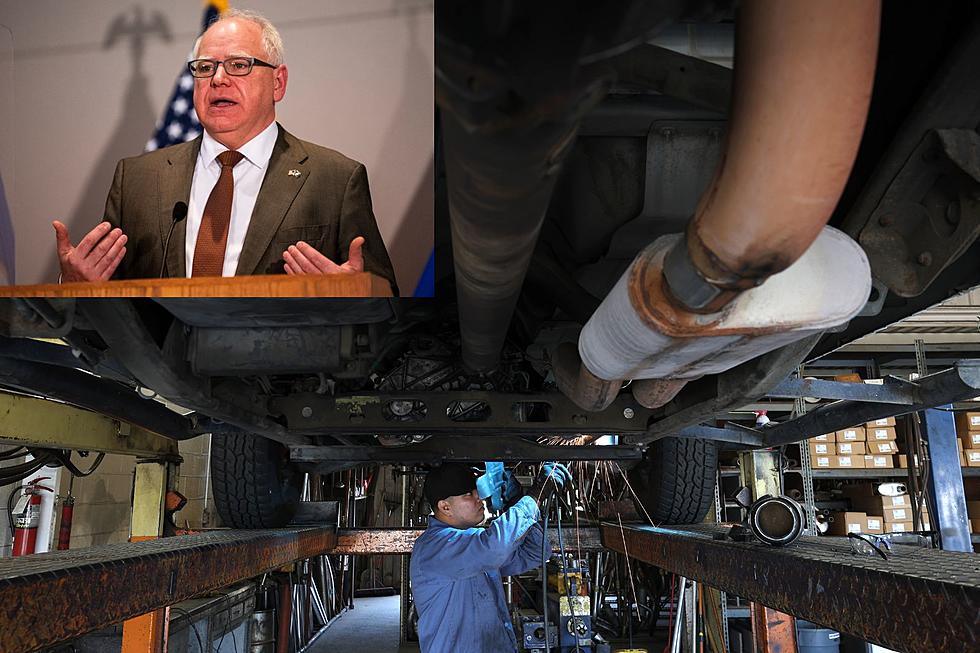
The Reason Wisconsin Job Openings Top 200K Might Surprise You
The cards are in the hands of workers in Wisconsin. Unemployment numbers are low and job-participation (or labor) numbers are high. But there are still more than 200,000 open job positions in the state. That's made it a job-seekers market and has made it difficult for businesses and put extra pressure on the economy.
And a lot of the problem is due to age - or, aging as it would be.
It's all a matter of numbers.
Taken as a whole, the job participation rate in the State of Wisconsin is high; in fact, the state outperforms the national rate. According to details shared in an article in the Superior Telegram [paywall], the Labor Force Participation Rate for August was 65.9%; that number represents a slight downward direction, but is still better than the national rate of 62.4%. What those numbers spell out is the fact that there aren't a lot of people "just sitting around", and voluntarily not participating in the job market.
Looking at unemployment numbers, Wisconsin also outperforms the national average there as well. "According to the Department Of Revenue data, the unemployment rate in August was 3/1% [in Wisconsin], below the national rate of 3.7%".
With low unemployment numbers (better than many states) and an large number of people active in the job market (again, better than many states), you would think that Wisconsin wouldn't have a large number of open job positions left to fill.
But that's not the case. The current number of open job positions in the state registers over 200,000. Even doing the math of subtracting out "the number of people that are unemployed, we'd have 112,000 more job openings than we have people to fill them". And - according to Wisconsin Department of Revenue Chief Economist John Koskinen, "[t]hat's twice the level [the state] saw before the pandemic".
So what gives?
Age, perhaps.
Back in 2016, the University of Wisconsin-Madison did a study about the demographics of the states workforce. That study forecasted the current shortage of available workers - based off of potential employees aging out of the workforce. It also predicted the current "job polarization" - i.e. jobs growth that happens at the high end of the spectrum (those requiring a degree of some kind) and at the low end of the spectrum.
Added together, these factors have contributed to a job market that is very conducive to those seeking employment. The lack of available workforce has driven up salaries and allowed job seekers the ability to "ask for the moon" when negotiating - they often get it.
7 Things To Have In Your Outdoor Survival Kit
19 Fun Facts About Grandma's Marathon Weekend
LOOK: Here are 25 ways you could start saving money today
More From Quick Country 96.5









